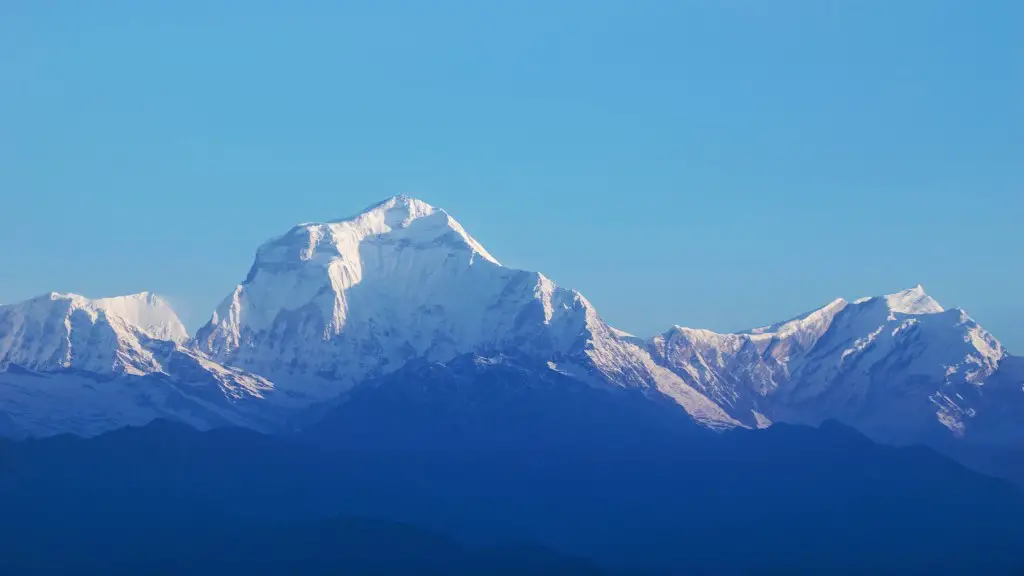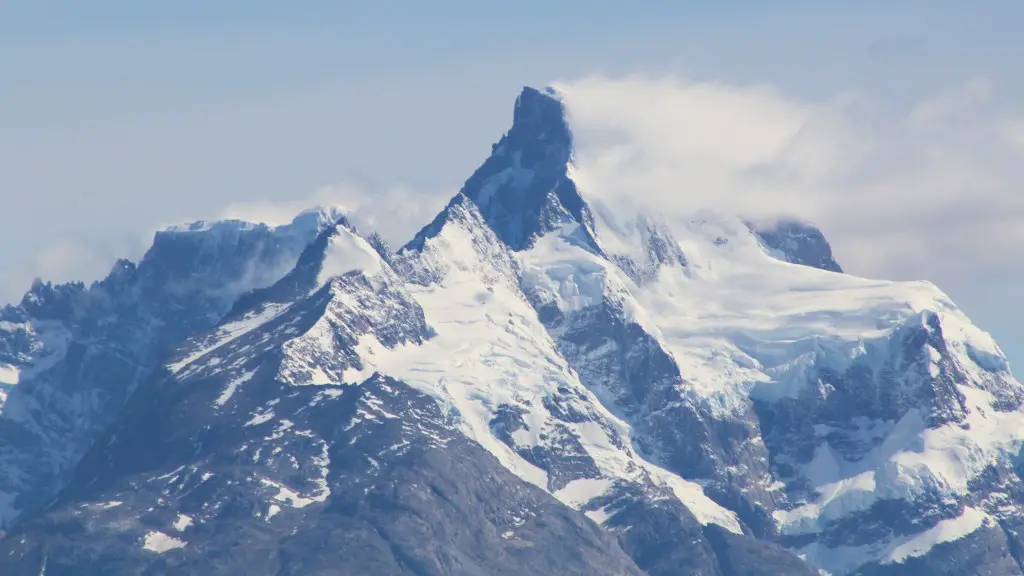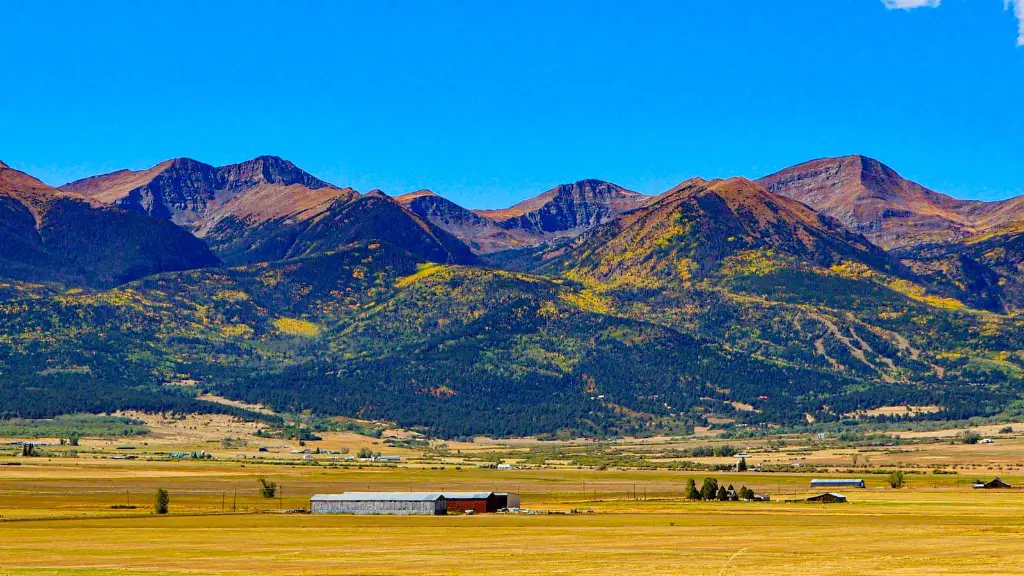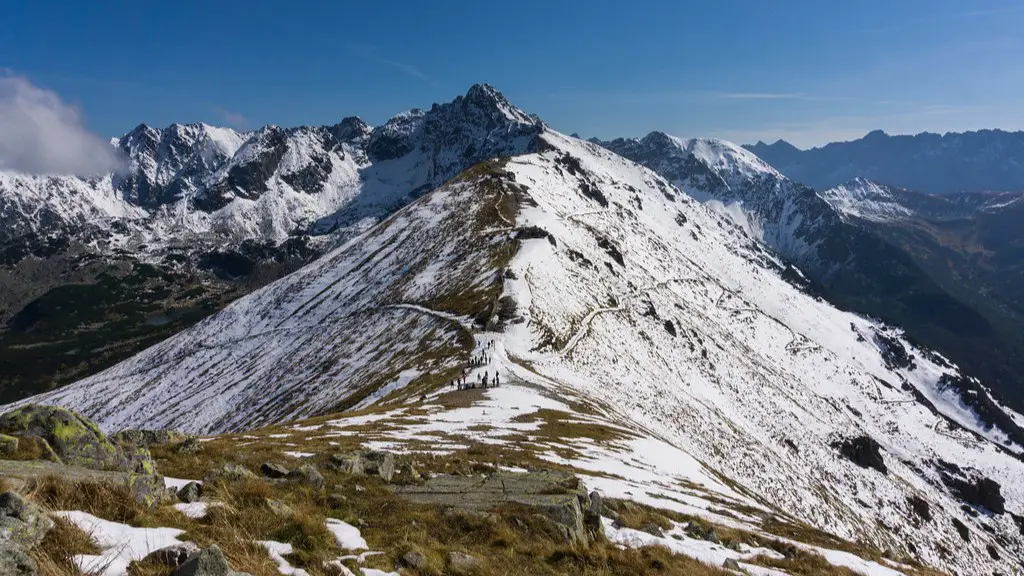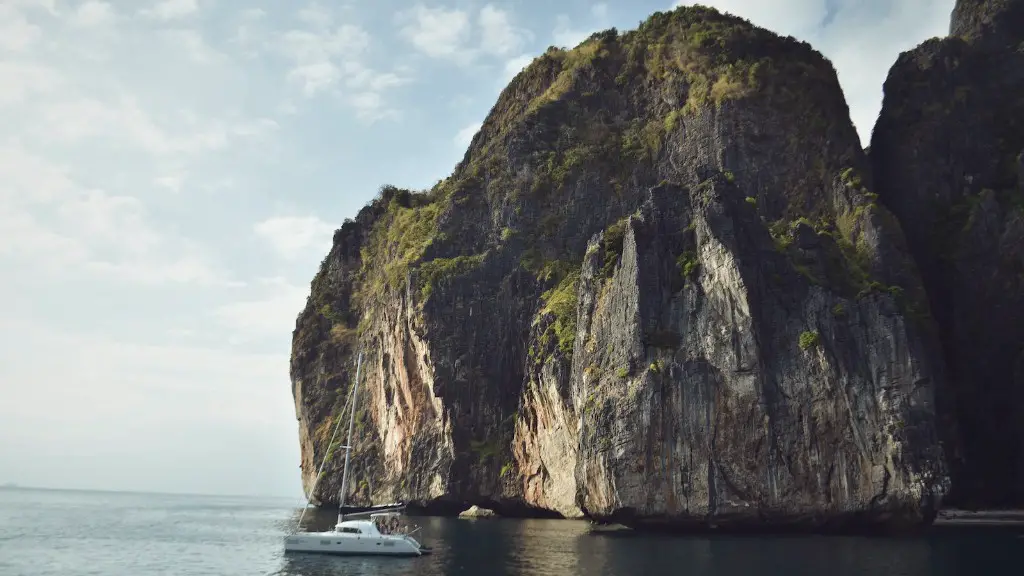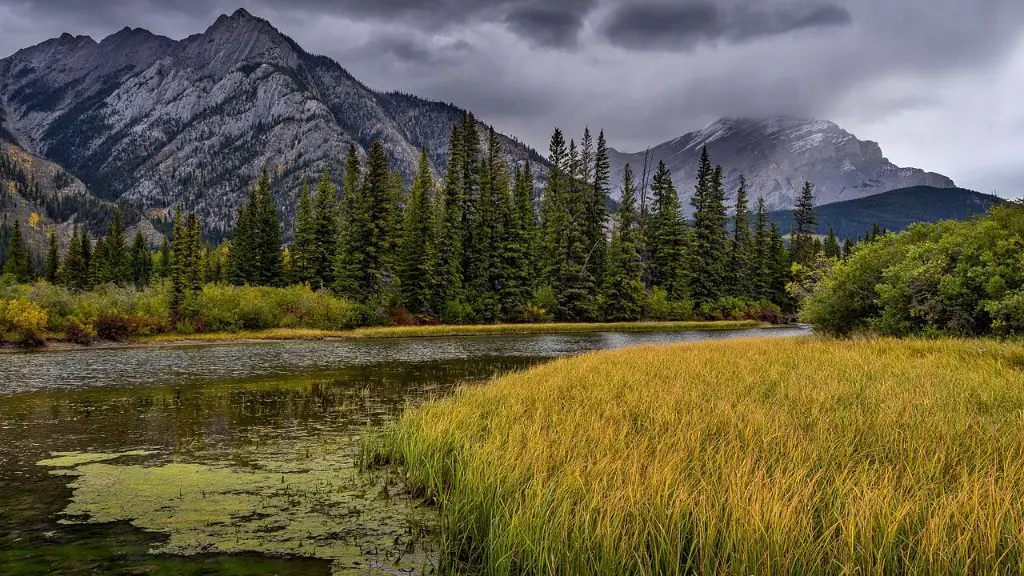if mount fuji erupted it would be one of the biggest natural disasters in japanese history. the eruption could cause huge amounts of damage to houses and infrastructure, and it would also cause a lot of deaths.
If Mount Fuji erupted, it would cause widespread destruction in the surrounding areas. The eruption would likely cause a great deal of damage to infrastructure, and it would also release a large amount of ash and gas into the atmosphere. This could cause environmental problems and respiratory problems for people in the area.
Is it possible for Mount Fuji to erupt?
Fuji is an active volcano that has erupted at various times starting around 100,000 years ago. The last eruption ejected tons of tephra into the atmosphere. Today, Fuji is still an active volcano and is a popular tourist destination.
An eruption could threaten the lives of over 8 million people in Tokyo and nearby areas, as well as destroy roads and railways connecting some of Japan’s most populous cities. The Tokyo metropolitan area is one of the most densely populated areas in the world, and an eruption could have devastating consequences. The Japanese government is aware of the risks and is taking steps to prepare for a potential eruption, but the threat is still real and should not be underestimated.
Is Mt. Fuji a supervolcano
Mount Fuji is not a supervolcano, despite what some people may think. A supervolcano is a volcano that has erupted with an explosivity index of at least 8. An eruption of this size has not occurred in recorded history, likely last occurring in New Zealand about 26,000 years ago. Mount Fuji has a much smaller explosivity index, meaning that it is not capable of producing a super volcano eruption.
A volcanic eruption in Japan could have devastating consequences for the city of Tokyo and the surrounding areas. In the worst case scenario, more than 173 billion cubic feet of volcanic ash would fall over Tokyo and the surrounding areas, according to a study by the University of Colorado at Boulder. This would cause widespread damage to buildings, transportation, and other infrastructure, and potentially lead to a humanitarian crisis.
Is Mount Fuji overdue for an eruption?
The last eruption of Mount Fuji was in 1707, and it is now overdue for another one. Hiroki Kamata, a professor of volcanology at Kyoto University, has said that the mountain is on standby for the next eruption. He pointed out that more than 300 years have elapsed since the last eruption, an eerily long silence that surpasses the previous interval of around 200 years. Kamata warned that if the next eruption is of a similar size to the last one, it could have a devastating impact on the surrounding area. He urged people to be prepared for the possibility of an eruption and to take steps to protect themselves and their property.
Volcanoes can be classified as active, dormant, or extinct. Active volcanoes have a recent history of eruptions and are likely to erupt again. Dormant volcanoes have not erupted for a very long time but may erupt at a future time. Extinct volcanoes are not expected to erupt in the future.
Could Mount Fuji destroy Tokyo?
A major eruption of Mount Fuji could trigger a chain reaction of disasters that would paralyze Tokyo within just three hours, according to a recent simulation by the government’s Central Disaster Management Council. The eruption could cause massive mudflows that would destroy infrastructure and block roads, disrupt transportation and communication networks, and cause widespread power outages. In the simulation, the council estimated that Tokyo would need to be evacuated within three hours to avoid paralysis. The council is now working on a plan to improve the city’s resilience to such disasters.
Yellowstone is not overdue for an eruption Volcanoes do not work in predictable ways and their eruptions do not follow predictable schedules Even so, the math doesn’t work out for the volcano to be “overdue” for an eruption. The last major eruption at Yellowstone occurred about 640,000 years ago, and there have been several smaller eruptions since then. The odds of another eruption happening within the next few hundred years are very low.
Is Mount Fuji near a fault line
The mountain is located in an area with frequent earthquakes and numerous fault lines. Even for quake-prone Japan, the mountain is known for having frequent earthquakes and numerous fault lines.
The United States is home to three of the world’s largest and most active supervolcanoes, according to the USGS. Yellowstone, Long Valley, and Valles Caldera are all considered “high risk” for future eruptions. While there is no immediate danger, it’s important to be aware of the potential for these natural hazards.
What is the largest supervolcano on Earth?
The Tamu Massif is the largest supervolcano on Earth, with a 4 km height and a 640 km width. It is a submarine shield volcano located in the Pacific Ocean, east of Japan. The Tamu Massif is one of the most fascinating volcanoes on Earth, and its discovery in 2013 was a major breakthrough in our understanding of these massive geological structures.
Tambora’s eruption on 10 April 1815, sometimes referred to as “The Year Without a Summer”, was the most powerful volcanic eruption in recorded human history, ejecting an estimated 150–180 cubic kilometres (36–43 cu mi) of material into the atmosphere. This robust explosive eruption column rose about 80 kilometres (50 mi) into the sky, injecting particulates of fine ash and sulphuric aerosol into the stratosphere and troposphere. The resulting widespread aerosolization and cooling of surface air reduced global surface air temperatures by about 0.5–1.0 °C (0.9–1.8 °F) for the next three years, causing various agricultural losses and social disruptions around the world.
Is Mt. Fuji quiet or explosive
The Mt. Fuji has erupted both explosively and effusively, with the two largest eruptions in the last 2000 years having different styles; the 864–866 CE Jogan eruption was effusive, while the 1707 Hoei eruption, the most recent eruption, was explosive.
Fujisan Hongū Sengen Taisha is a religious organization that owns and operates more than 1,300 temples around Japan. One of their most famous temples is located at the base of Mount Fuji.
Does Mount Fuji erupt lava?
New Fuji is one of the most active volcanoes in Japan and is considered a “department store of eruptions” due to the variety of eruption types that have been observed. These include lava flows, magma, scoria, volcanic ash, collapses and side eruptions. Ash from New Fuji is often black, and eruptions are new in terms of geological layers.
Yellowstone is one of the most active volcanic regions in the world. If another large, caldera-forming eruption were to occur, its effects would be worldwide. Such a giant eruption would have regional effects such as falling ash and short-term (years to decades) changes to global climate.
How many times has Mt. Fuji erupted in the last 100 years
Mount Fuji is an active volcano that has erupted more than 15 times since 781. However, it has been dormant since an eruption in 1707, and its last signs of volcanic activity occurred in the 1960s.
When these non-melted materials come into contact with the lava, they can create clogs that prevent the lava from flowing smoothly. This can lead to explosive eruptions, which can be very dangerous.
Another problem with using volcanoes to dispose of our trash is that the lava can only hold so much. Once it’s full, we would need to find another volcano to use. And, although volcanoes are plentiful on Hawaii, they’re not so plentiful elsewhere.
In addition, the chemicals and pollutants in our trash can contaminate the lava, which can then leach into the ground and ground water. This can cause serious environmental problems.
So, while it may seem like a good idea to use volcanoes to dispose of our trash, there are actually many good reasons not to do so.
Warp Up
If Mount Fuji were to erupt, it would be devastating to the surrounding area. The volcano is located near several large cities, including Tokyo, and an eruption would cause widespread damage. The eruption could also trigger other natural disasters, such as earthquakes and Tsunamis.
If Mount Fuji erupted, it would have devastating consequences for the surrounding areas. The eruption would release a huge amount of ash and debris into the atmosphere, which would cause widespread damage to crops and infrastructure. There would also be a risk of serious health problems for people in the area, as the air would be filled with harmful chemicals.
